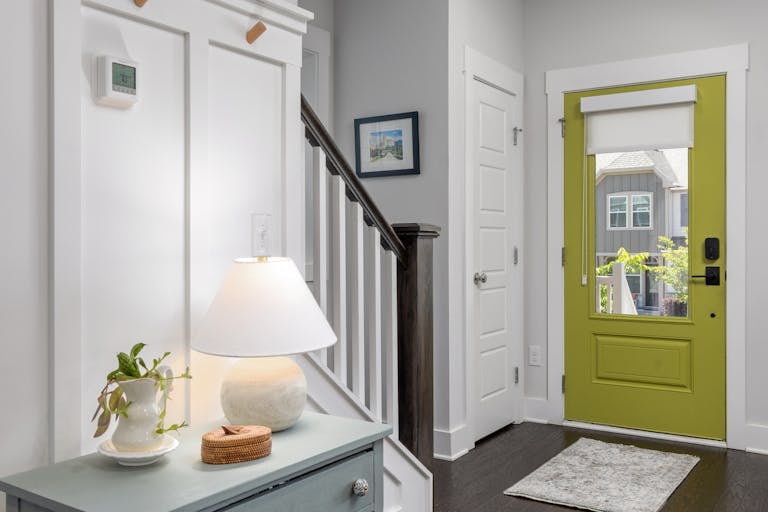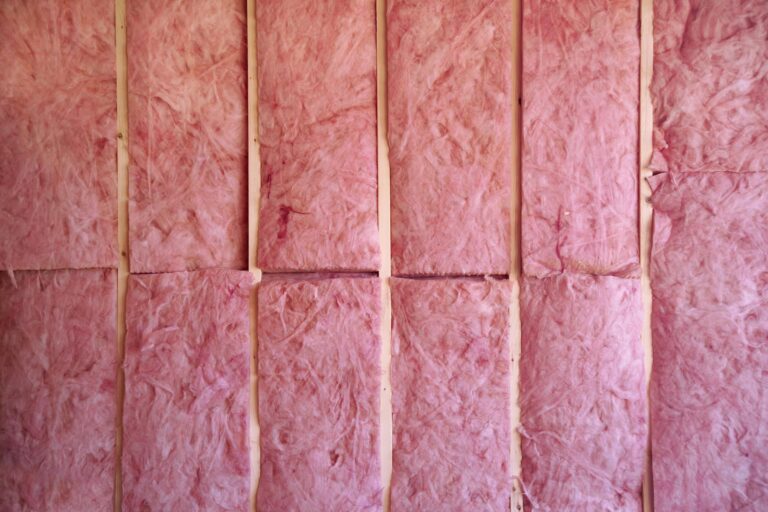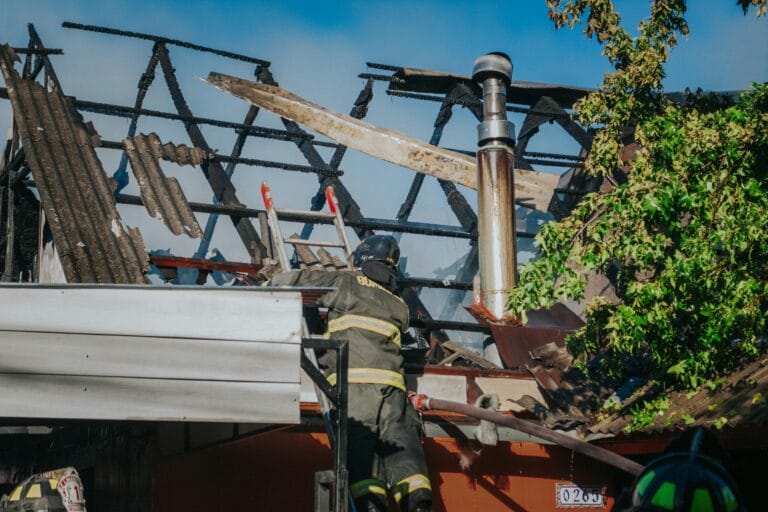
When building a new home or renovating an existing one, it is critical to have adequate insulation installed to help save energy costs by keeping your home warm in the winter and cool in the summer.
Spray foam is a popular choice for home insulation because of its density, but it also expands and fills air pockets more than other types of insulation.
Several other benefits to spray foam insulation exist, but many homeowners consider life span and ROI (return on investment) to be the most important. This is because the cost of keeping the house insulated has a 90-year payback period.
Why Should You Choose Spray Foam Insulation?
It’s critical to keep a house safe from extreme weather while also optimizing for energy savings, whether you’re remodeling an existing home or building a new one.
Spray foam has the following advantages:
- Spray foam acts as a glue for the construction materials, adding extra perimeter strength to the overall structure of the home or commercial property.
- Unlike most other insulation materials, spray foam penetrates holes around pipes, vents, joints, creases, and edges.
- Indoor allergens such as dust, mold, mildew, allergens, and other pollutants can be reduced by using spray foam.
- Paying for spray foam today will save you money for decades, and in most cases, you will not need to spend money on insulation for up to 90 years.
Spray Foam Insulation Cost
Spray foam comes in two varieties: open-cell spray foam, which typically costs $0.44 to $0.65 per board foot, and closed-cell spray foam, which typically costs $1 to $1.50 per board foot. The average cost of professionally installing spray foam is around $2,678, or between $1,368 and $4,013.
Spray foam insulation can be used as an alternative to traditional fiberglass insulation during construction or planning. Professionals spray this expandable foam substance in wall cavities or on the underside of the roof.
Spray Foam Insulation Cost Calculation Factors
Spray foam insulation is applied in 1-inch-thick layers, and the professionals who do it are very good at keeping the layers uniform, but a stud space is deeper than that. Nonetheless, calculating the cost of spray foam insulation is a simple process.
Calculate the area by multiplying the width and height of the wall. For example, a wall 10 feet wide and 8 feet high has an area of 80 square feet.
Multiply the wall’s area by the depth of the stud space. The stud space will be 3.5 inches thick if the wall has 24 studs. 280 is obtained by multiplying 80 by 3.5. That is the number of board feet that will be insulated with spray foam. A board foot measures 12 inches long, 12 inches wide, and 1 inch thick.
Filling the wall to a depth of 3.5 inches with open-cell spray foam insulation would cost between $123 and $182. Filling the same 80-square-foot wall with closed-cell spray foam insulation would cost more—between $280 and $420. These estimates are based on open-cell insulation costs per board foot ($0.44 to $0.65) and closed-cell foam insulation ($1.00 to $1.50).
Labor
Spray-foam insulation ranges in price from $0.44 to $1.50 per board foot, including labor. However, other factors such as spray foam thickness, installation location, and additional services such as setup, preparation, trash removal, and cleanup removal could raise labor costs.
Type
The most common type of spray foam used by contractors is polyurethane. However, less toxic foams such as soybean oil and water-based alternatives have entered the market in recent years. These options, however, come at a cost. Spray foam made from soybean oil costs between $1.50 and $3 per board foot.
Remediation of Mold
Spray foam can kill mold, but it cannot be applied over a moldy section of a wall. If you need to remove the mold before adding insulation, remember that professional mold remediation costs between $1,100 and $3,400.
Other factors that can contribute to the cost are:
- Application Location (Garage, Basement, etc.)
- Geographic Location
- Property Size
- New or Existing Home
Conclusion
In a nutshell, spray foam insulation is likely the best option when building your house to keep it safe from extreme weather for decades to come. If you’re remodeling your home or insulating a small space, compare your options to traditional fiberglass insulation.
Even though spray-in foam insulation costs much higher than other options, it’s typically worth the investment. If you hire a contractor, you should expect to pay at least $100 per hour.






